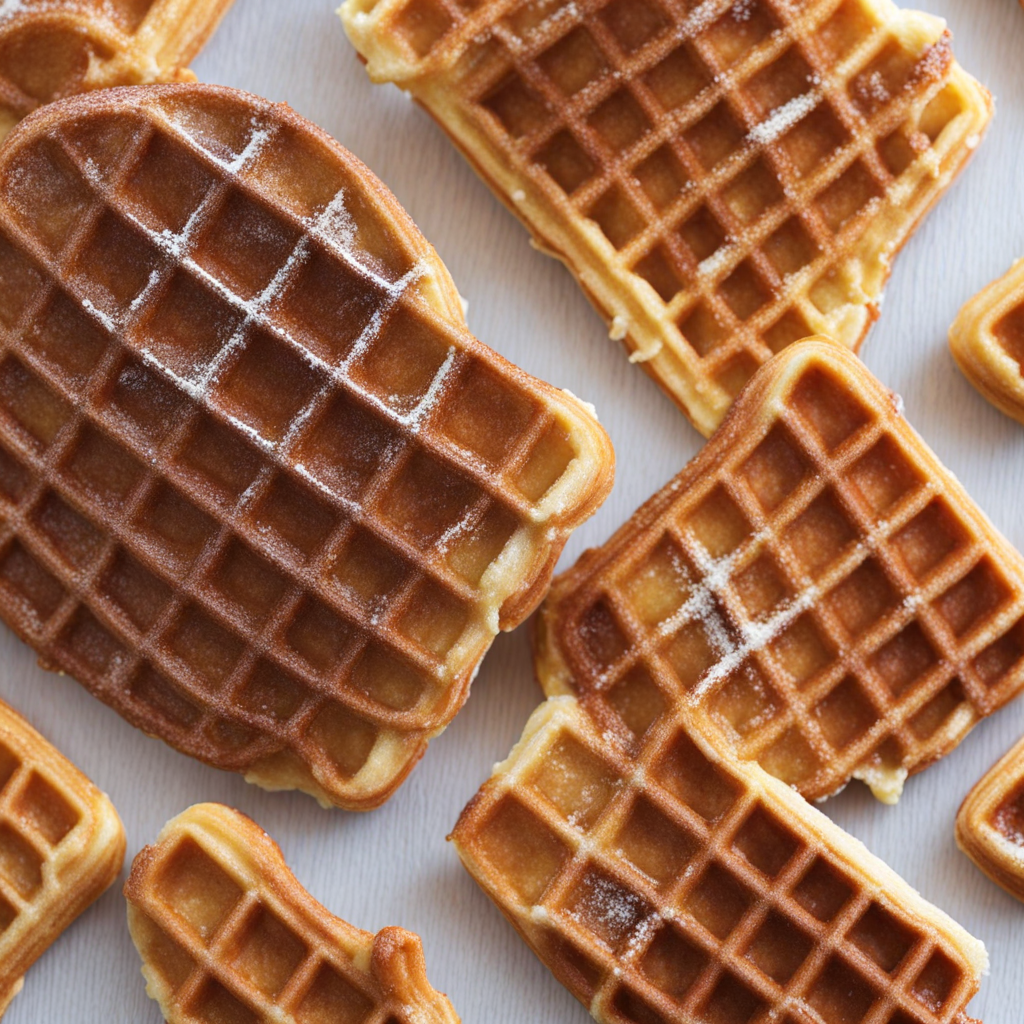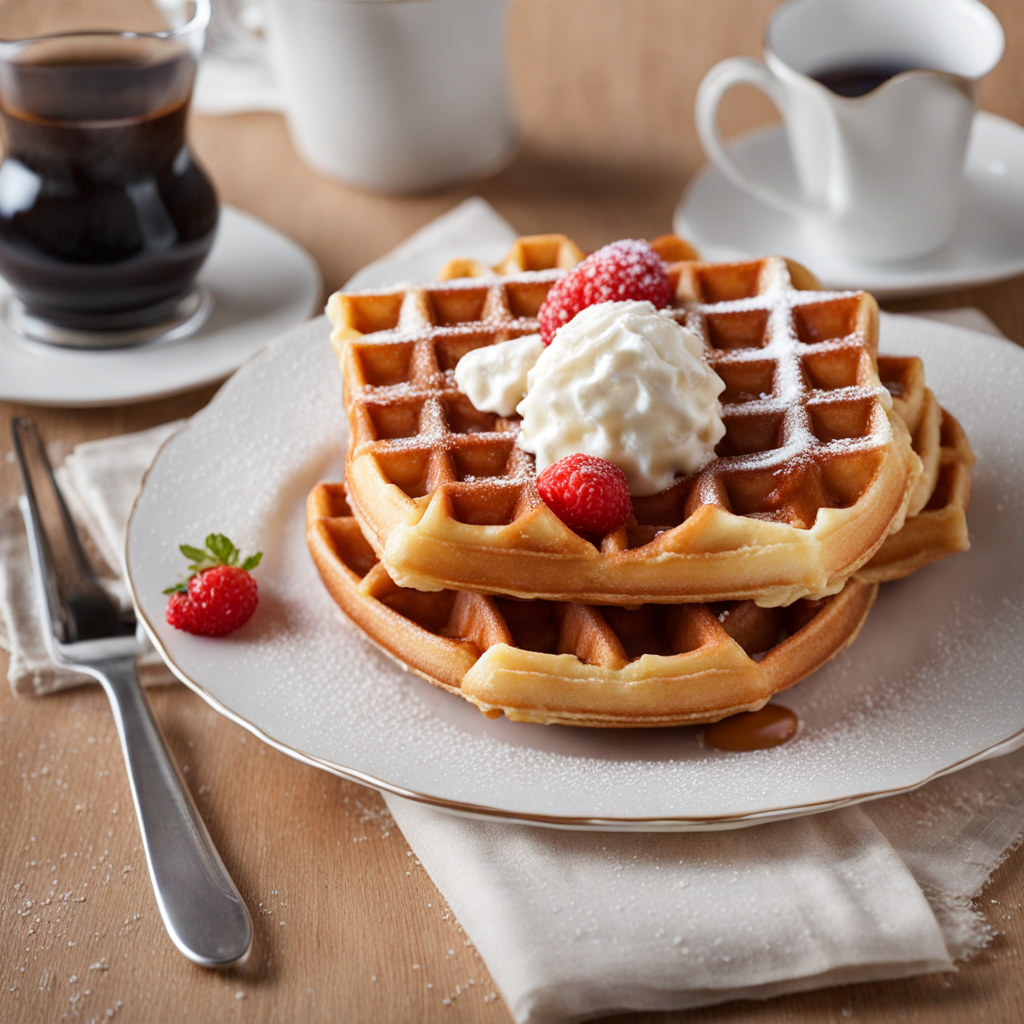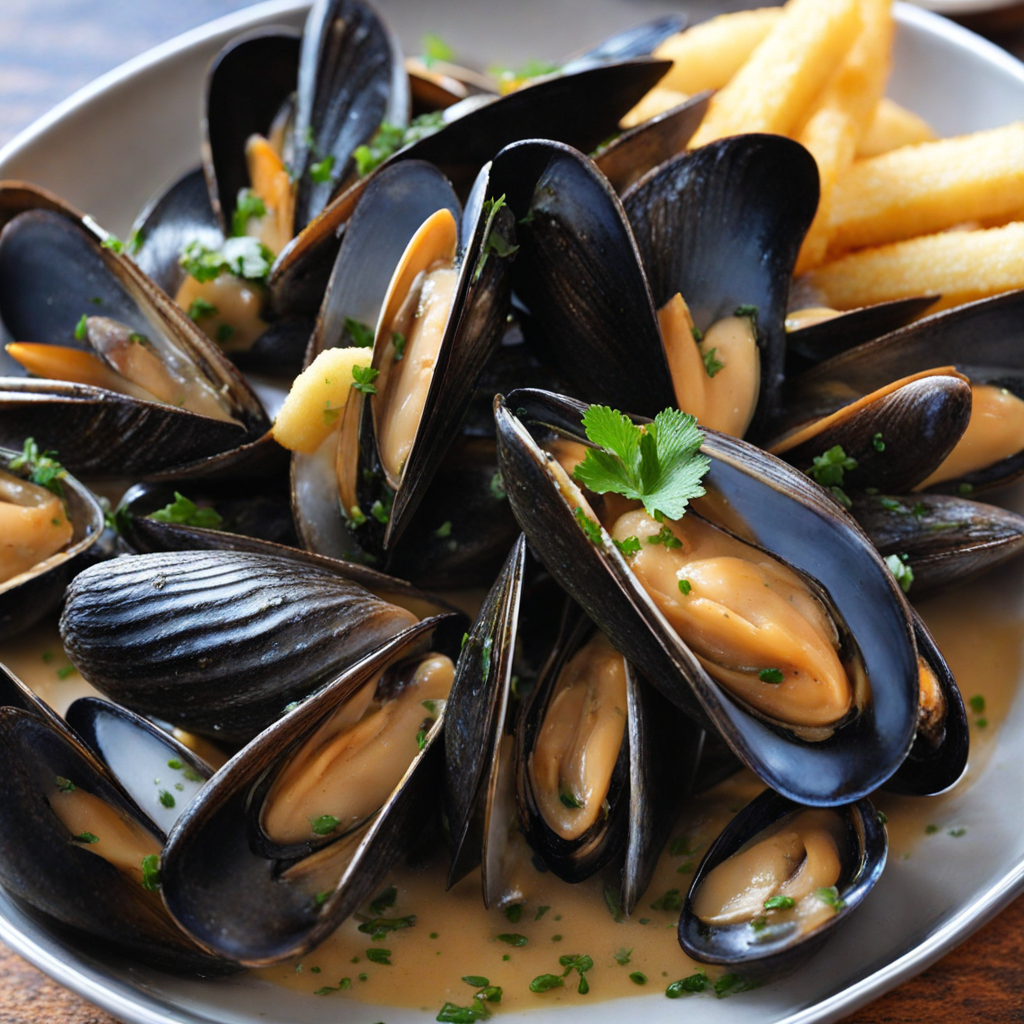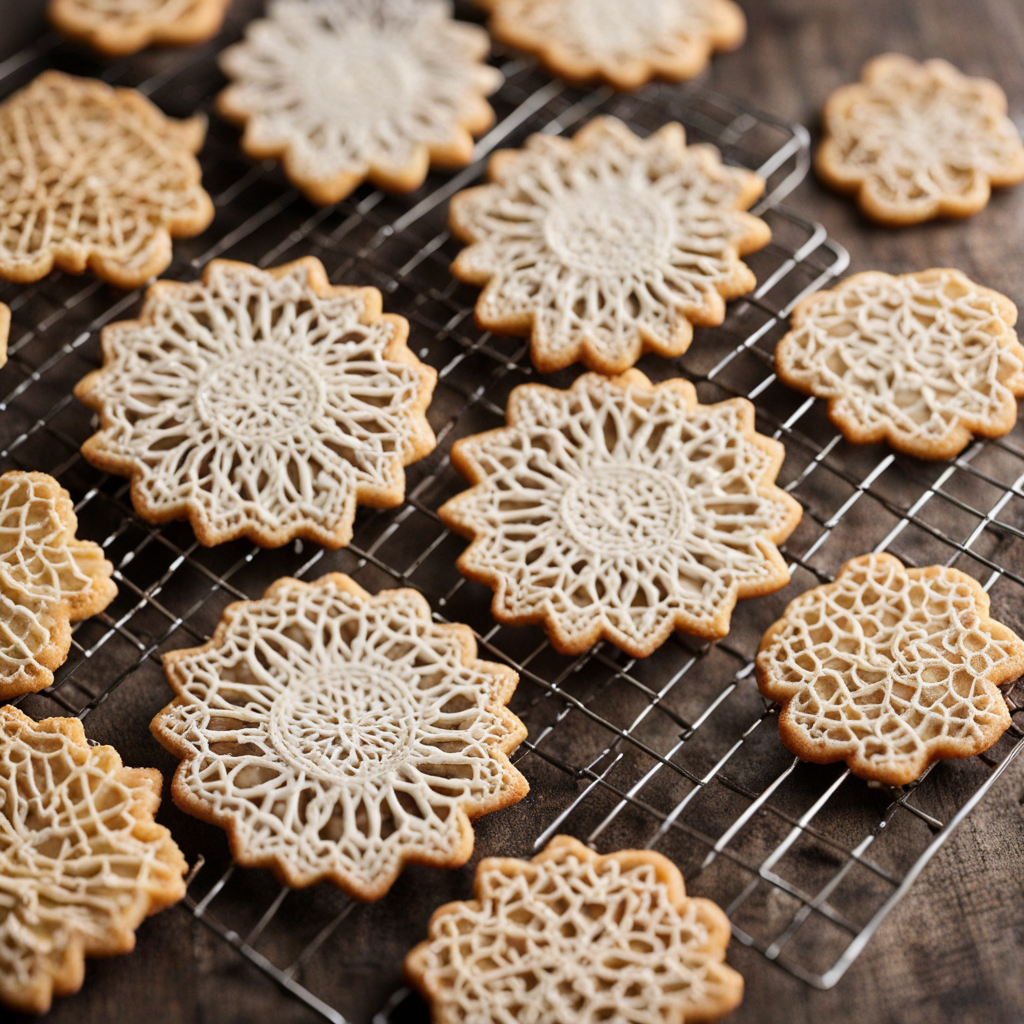Liège Waffle
Liège waffles, a delightful treat from Belgium, are known for their unique and irresistible texture. Unlike their Brussels counterpart, which is light and airy, Liège waffles are denser and chewier, thanks to a rich, yeast-leavened dough. These waffles are studded with pearl sugar that caramelizes beautifully when cooked, creating a sweet, crispy exterior while maintaining a soft, buttery interior. The combination of the warm, gooey sugar and the fluffy dough provides a satisfying contrast that makes every bite a delicious experience. Traditionally, Liège waffles are enjoyed plain or dusted with powdered sugar, allowing the natural sweetness of the pearl sugar to shine through. However, they're also incredibly versatile and can be topped with a variety of delicious accompaniments. Popular additions include whipped cream, fresh fruits like strawberries or bananas, chocolate sauce, and even ice cream, making them a fantastic choice for breakfast, dessert, or a sweet snack any time of the day. The origins of Liège waffles trace back to the 18th century in the city of Liège, where they were initially created as a special treat for the local aristocracy. Over the years, they've evolved into a beloved street food, often sold by vendors at fairs and markets throughout Belgium. The experience of enjoying a warm Liège waffle, fresh off the iron, is a must-try for anyone looking to savor a taste of Belgian culinary tradition. Each bite is not just about flavor; it’s about indulging in a piece of history that has delighted generations.
How It Became This Dish
The Delicious Journey of Gaufre de Liège The Gaufre de Liège, a delightful and indulgent Belgian waffle, is more than just a sweet treat; it is a culinary emblem of the region's rich history and culture. Characterized by its dense, caramelized exterior and soft, chewy interior, this waffle tells a story that intertwines tradition, innovation, and a sense of local pride. To truly appreciate the Gaufre de Liège, one must delve into its origins, cultural significance, and evolution through the ages. #### Origins: A Culinary Heritage The roots of the Gaufre de Liège can be traced back to the city of Liège, located in the Walloon region of Belgium. The culinary history of waffles in Belgium dates back to the Middle Ages, when they were made using two metal plates, or "waffle irons," which were heated over an open flame. These early waffles were often simple, made from a batter of flour, water, and salt, and were sometimes infused with herbs. The word "waffle" itself is derived from the Old French word "wafla," meaning honeycomb, a reference to the characteristic grid pattern that forms during cooking. The Gaufre de Liège, however, has a more specific lineage. It is believed to have been developed in the 18th century, particularly in the 1830s, as a variation of the Brussels waffle. The key difference lies in the ingredients and preparation; while Brussels waffles are lighter and crisper, the Liège waffle is richer and more substantial. The addition of pearl sugar—large grains of sugar that caramelize when cooked—distinguishes the Gaufre de Liège from its counterparts, creating a unique texture and flavor profile that is both sweet and slightly crunchy. #### Cultural Significance: A Symbol of Belgian Identity The Gaufre de Liège is not merely a dish; it represents a cornerstone of Belgian culinary identity. In a country where food is a source of pride, the waffle has become synonymous with Belgian culture. From street vendors to upscale restaurants, the Gaufre de Liège is a staple, often enjoyed as a snack or dessert. It is commonly served warm, sometimes dusted with powdered sugar or accompanied by a variety of toppings such as whipped cream, chocolate sauce, fruit, or ice cream. The waffle's popularity extends beyond Belgium. It is a beloved treat throughout Europe and has made its way into the hearts (and stomachs) of people worldwide. This international appeal is indicative of the Gaufre de Liège's ability to transcend cultural boundaries while still maintaining its Belgian roots. Moreover, the Gaufre de Liège has become a symbol of local pride for the people of Liège. Festivals celebrating this delectable treat are held annually, and artisans take great care in perfecting their recipes, often passing down techniques from generation to generation. The waffle is often associated with family gatherings and celebrations, further embedding it in the cultural fabric of the region. #### Development Over Time: From Tradition to Modernity As Belgium underwent social and economic changes, particularly during the Industrial Revolution, the Gaufre de Liège also evolved. The introduction of new technologies and ingredients allowed for greater experimentation and creativity in waffle-making. The traditional recipe has been adapted by pastry chefs and street vendors alike, leading to a variety of interpretations while still preserving the core elements that define the Gaufre de Liège. In the 20th century, the waffle became a popular street food, with vendors setting up stalls in busy city squares and at fairs. This accessibility helped to cement the Gaufre de Liège’s status as a beloved snack for locals and tourists alike. The convenience of being able to grab a warm waffle on the go contributed to its widespread popularity, and it soon became a quintessential part of the Belgian experience. The rise of globalization and the internet in the late 20th and early 21st centuries further transformed the Gaufre de Liège's reach. With the advent of food blogs and social media, the waffle found new audiences eager to share photographs and recipes. This online presence has helped to inspire a new generation of chefs and home bakers to experiment with the classic Gaufre de Liège, introducing flavors and toppings that reflect contemporary tastes. From matcha-infused batters to savory versions featuring cheese and herbs, the waffle has been reimagined in ways that honor its origins while appealing to modern palates. #### The Gaufre de Liège Today Today, the Gaufre de Liège remains a beloved delicacy, celebrated for its unique texture and flavor. Many artisanal bakeries and specialty shops in Belgium produce them fresh daily, ensuring that both locals and visitors can savor the authentic taste. In recent years, the Gaufre de Liège has also gained traction in international markets, appearing on menus in cafes and restaurants across the globe. As the world becomes increasingly interconnected, the Gaufre de Liège serves as a delicious reminder of the importance of culinary heritage. It embodies the spirit of Belgium—its history, culture, and the joy of sharing good food with others. Additionally, it showcases the ability of traditional cuisine to adapt and thrive in a modern context, proving that while recipes may evolve, the love for authentic flavors remains timeless. #### Conclusion The Gaufre de Liège is more than just a waffle; it is a representation of Belgium’s rich culinary tapestry. With origins steeped in history, a strong cultural significance, and a capacity for adaptation, this sweet treat continues to delight people around the world. Whether enjoyed at a bustling street fair or in the cozy ambiance of a local café, the Gaufre de Liège invites everyone to partake in a delicious slice of Belgian heritage.
You may like
Discover local flavors from Belgium







